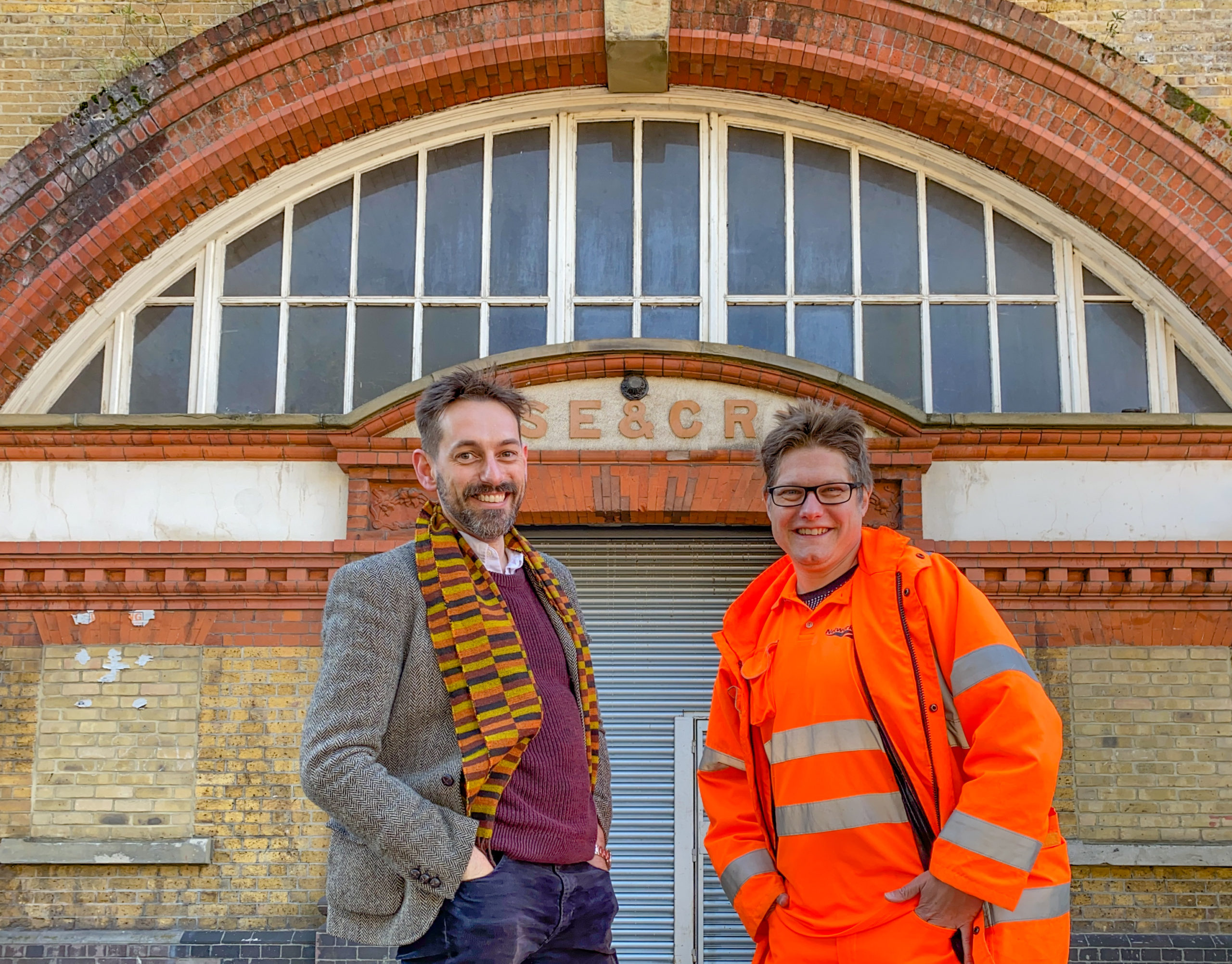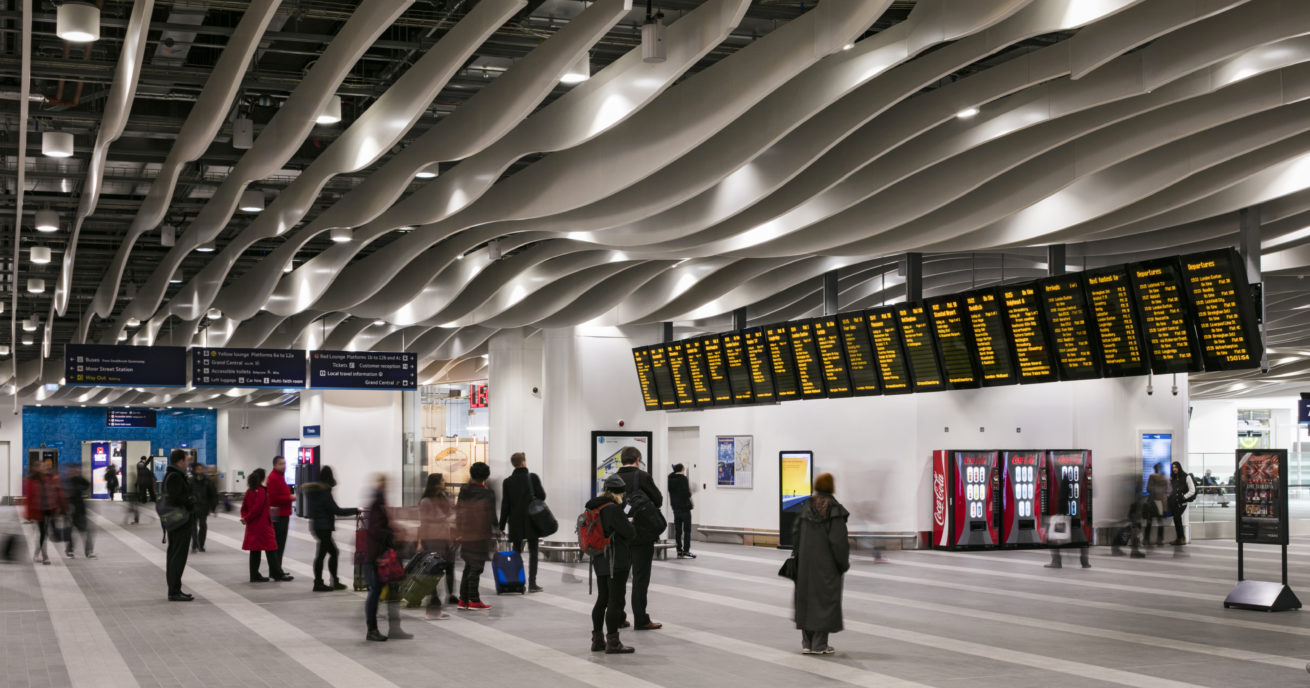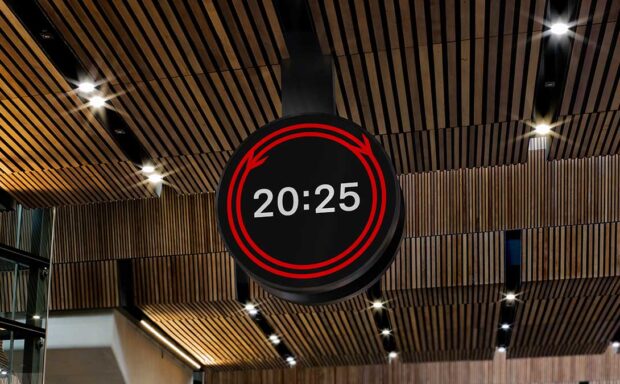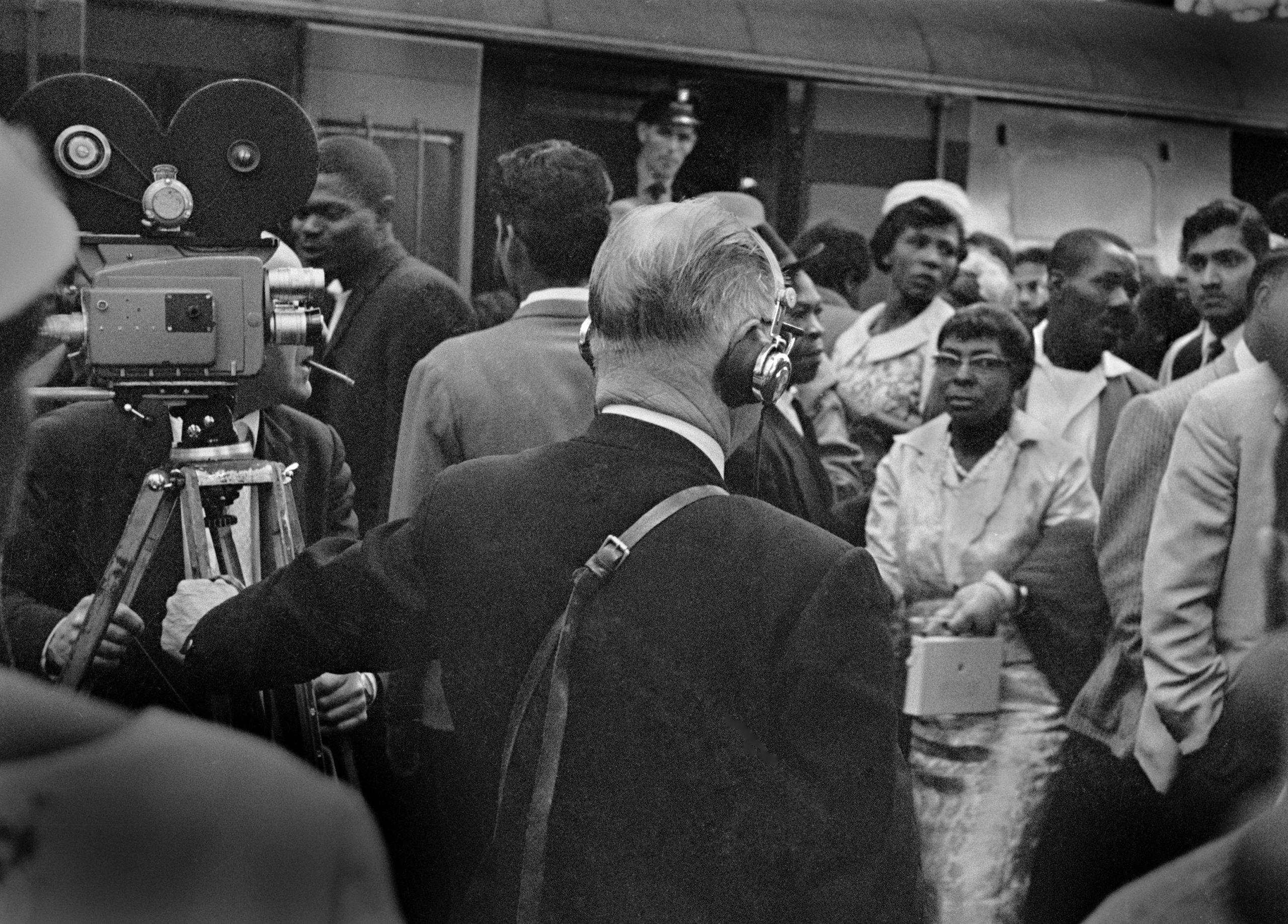Presenter Tim Dunn tells us all about London’s first ever terminus in brand-new The Architecture the Railways Built on Yesterday.
Spa Road station in Bermondsey opened in February 1836 for the first section of the London and Greenwich Railway and is arguably the ancestor of today’s London Bridge station.
Spa Road dates back to the earliest years of our railway, soon after the Stockton and Darlington Railway, which opened in 1825, and the Liverpool and Manchester Railway, which opened in 1830.
Watch this exclusive bonus video of Tim Dunn at the site of Spa Road station to find out more:
Temporary station
Trains came into Spa Road from the other end of the London and Greenwich Railway line – “the world’s first completely elevated mainline railway,” says Tim – at Deptford.
But soon, the line’s extension to London Bridge – its true terminus – opened on 14 December 1836, according to the National Transport Trust. The extension from Deptford to Greenwich then opened on 12 April 1840, and Spa Road closed for upgrades between 1838 and 1842.
In 1872, Spa Road station moved about 200 yards south-east and was renamed Spa Road and Bermondsey in October 1877. It finally closed on 15 March 1915 and by then served the South Eastern and Chatham Railway.
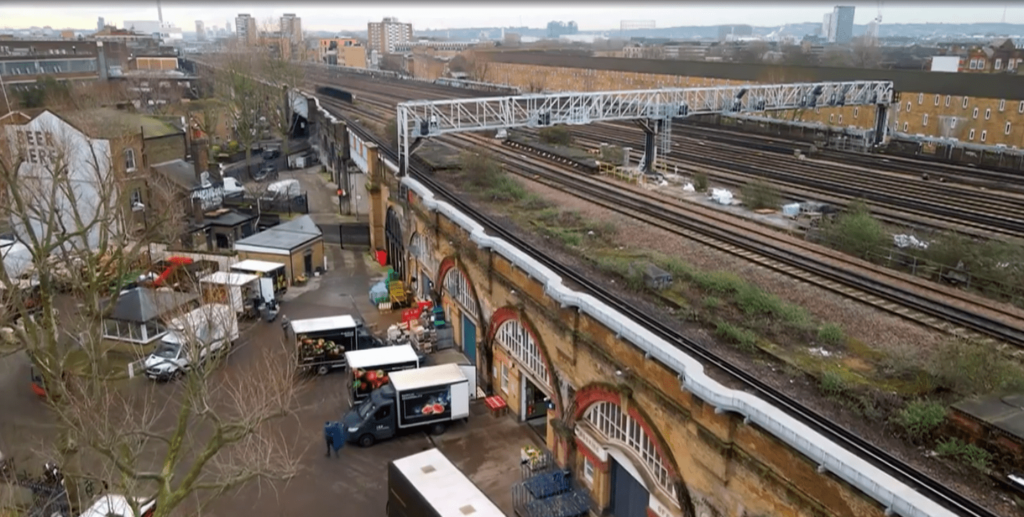
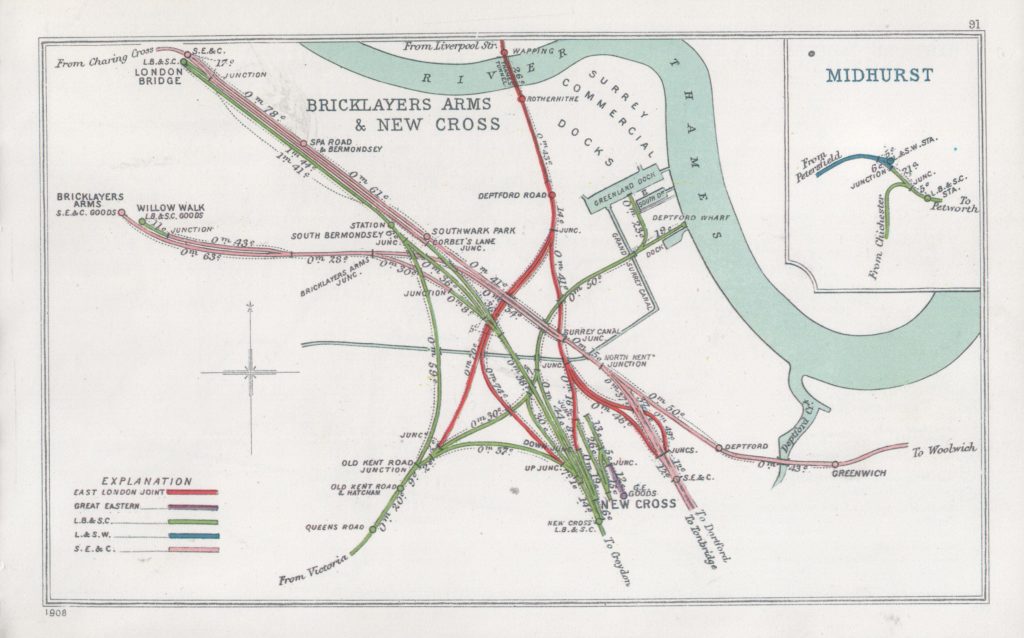
Ghostly station uncovered
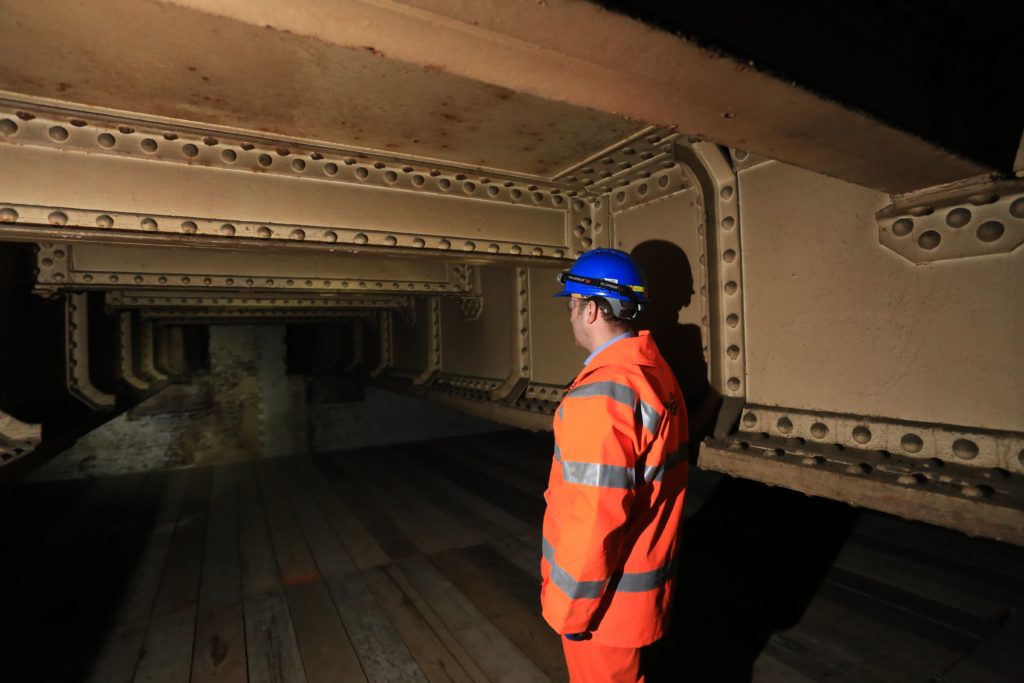
In 2015, we uncovered the ghostly remains of another short-lived station close to Spa Road. Engineers building the Bermondsey Dive Under as part of the Thameslink Programme found the long lost Southwark Park station, which closed 100 years earlier.
The station, perched on a viaduct above Rotherhithe New Road, only served passengers from 1902 to 1915 before it closed for good.
Southwark Park station was one of several in the area, including Spa Road, and closed as a result of competition from trams and buses and because of the coming of WWI.
But engineers working on a massive project to rebuild the railway in Bermondsey rediscovered the former ticket hall and platforms.
Greg Thornett, project manager, said at the time: “The Bermondsey Dive Under is a key part of the Thameslink Programme, creating the railway necessary to provide a frequent and reliable service through London Bridge and make a huge difference to passengers’ journeys, cutting journey times and making the services more reliable.
“We uncovered the footings for the former platforms while we were preparing the top of the viaduct for new track and we are now working up in the roof space of the former ticket hall to fill in the old sky lights, ready to carry the final track alignment.
“Much of the existing stretch of viaduct will be replaced by the ramps into and out of the new dive under, but the arch that used to house the old booking hall will remain.”
Gallery: Tim Dunn and historian Hazel Baker in front of the site of the disused Spa Road station, an engineer in the remains of the long lost Southwark Park station
Read more:
From the archive: stunning historic railway plans revealed
Film: discover the Network Rail archive
From the archive: our oldest items
Incredible Stephenson railway history rediscovered
Read the George Stephenson notebook online
Step back in time… and inside Britain’s busiest signal box
The Architecture the Railways Built – Bramhope Tunnel
The Architecture the Railways Built – Newcastle
The Architecture the Railways Built – interview with presenter Tim Dunn
